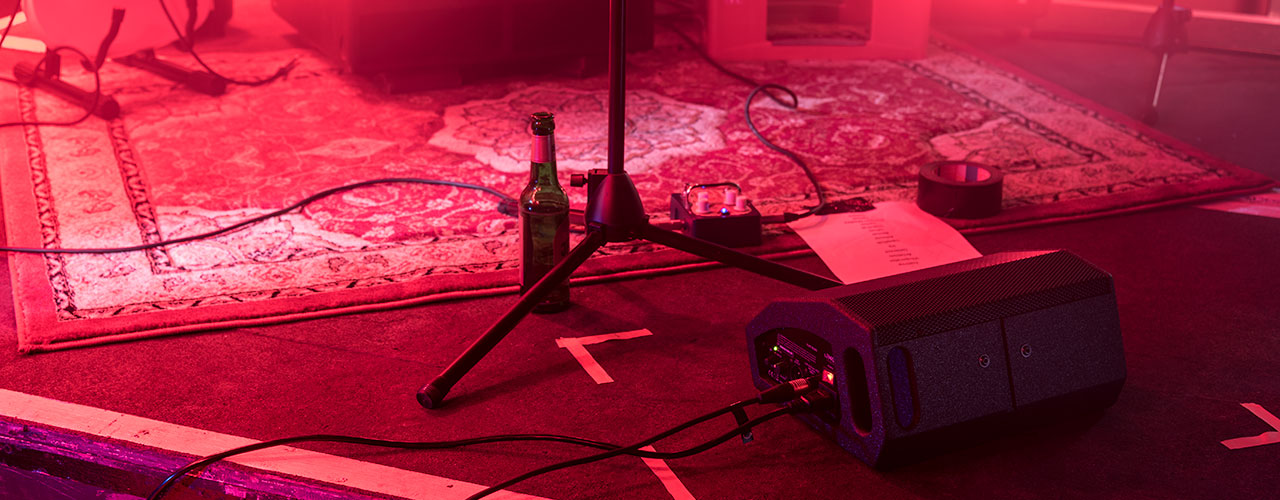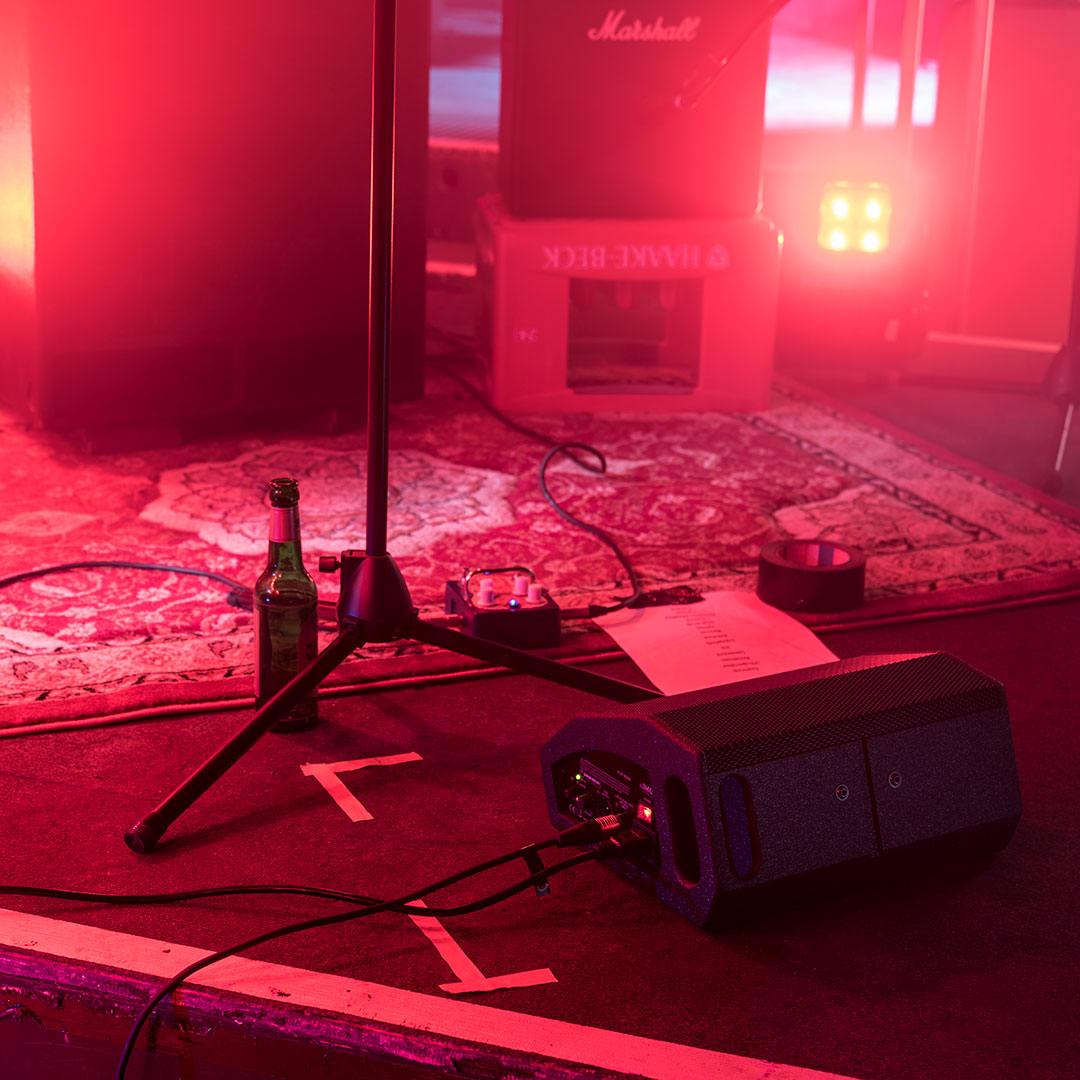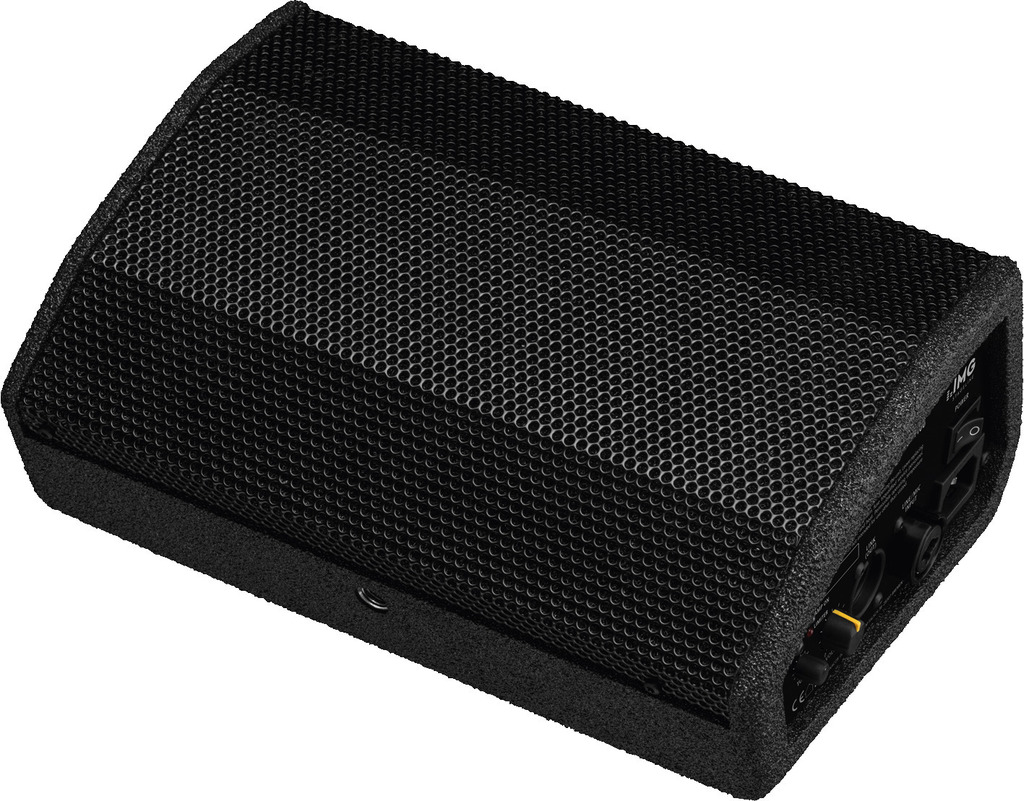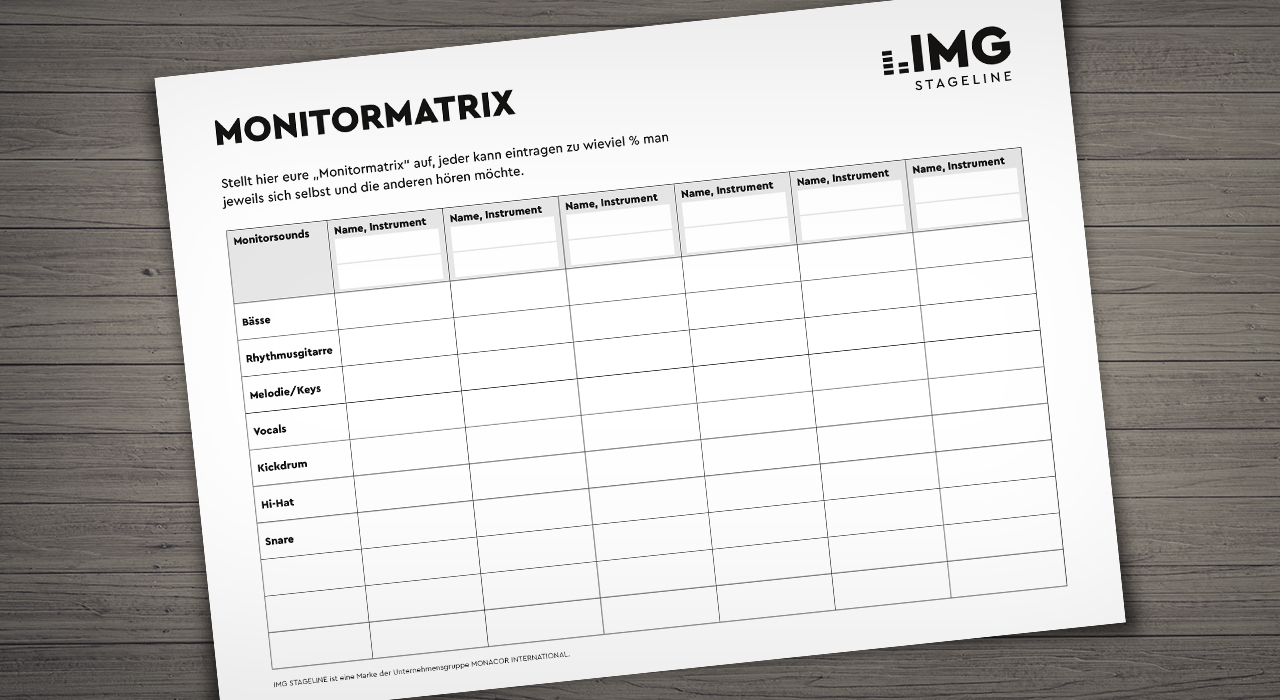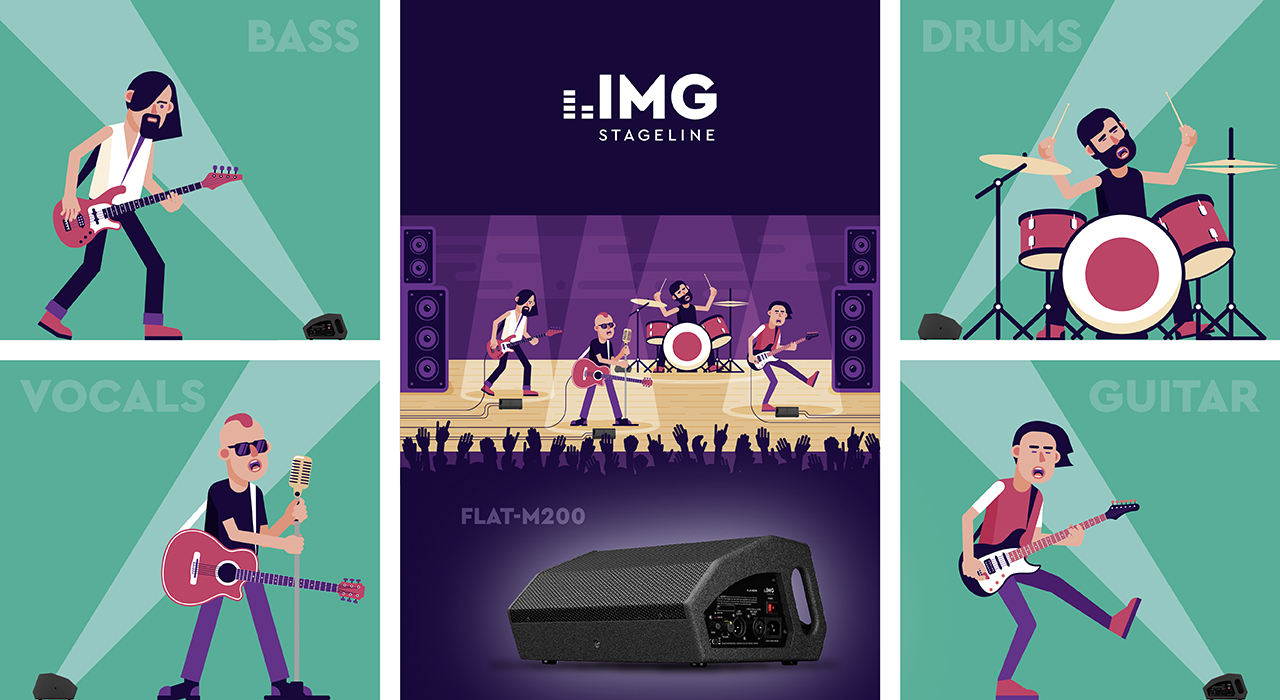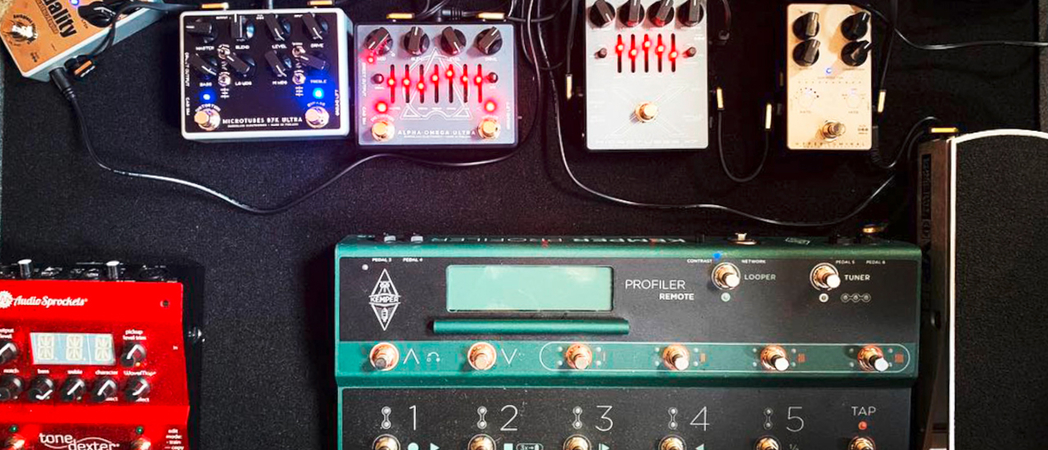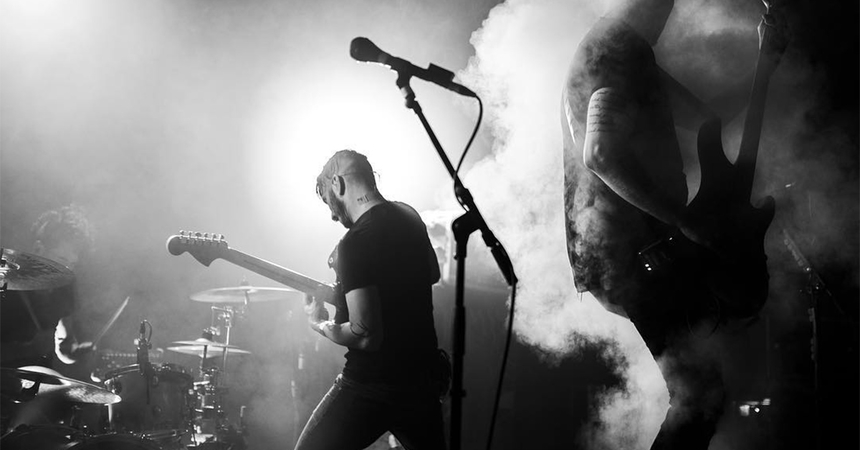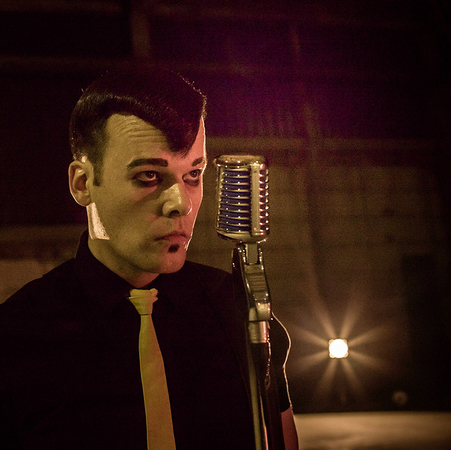The volume of the amps on stage often leads to a gain-staging vicious cycle. Especially when the individual band members turn up the amp so far that they "hear themselves". If you notice this, talk to the musician, ask for the reasons and demonstrate how it is possible to do this with monitoring.
A practical example: Is the bass amp so loud on stage that the guitarist can no longer hear himself? Then there are two things that should not (!!!) happen:
You push more and more of the guitarist's own guitar onto his monitor – and make the stage louder and more uncontrollable.
The guitarist, in turn, cranks up the guitar amp. This is even more disastrous, because it makes the stage louder, the guitar speaker blasts into the first few rows of spectators, possibly in a bad balance with the PA system and the guitar speaker "bleeds" into other microphones on stage.
The first thing to do is always to turn down loud instruments to find a clean balance. There are instruments that do not amplify themselves: Keyboards and vocals. They have to find enough "space" on the monitors between the instruments, which are blasting on stage with amplifiers anyway.
